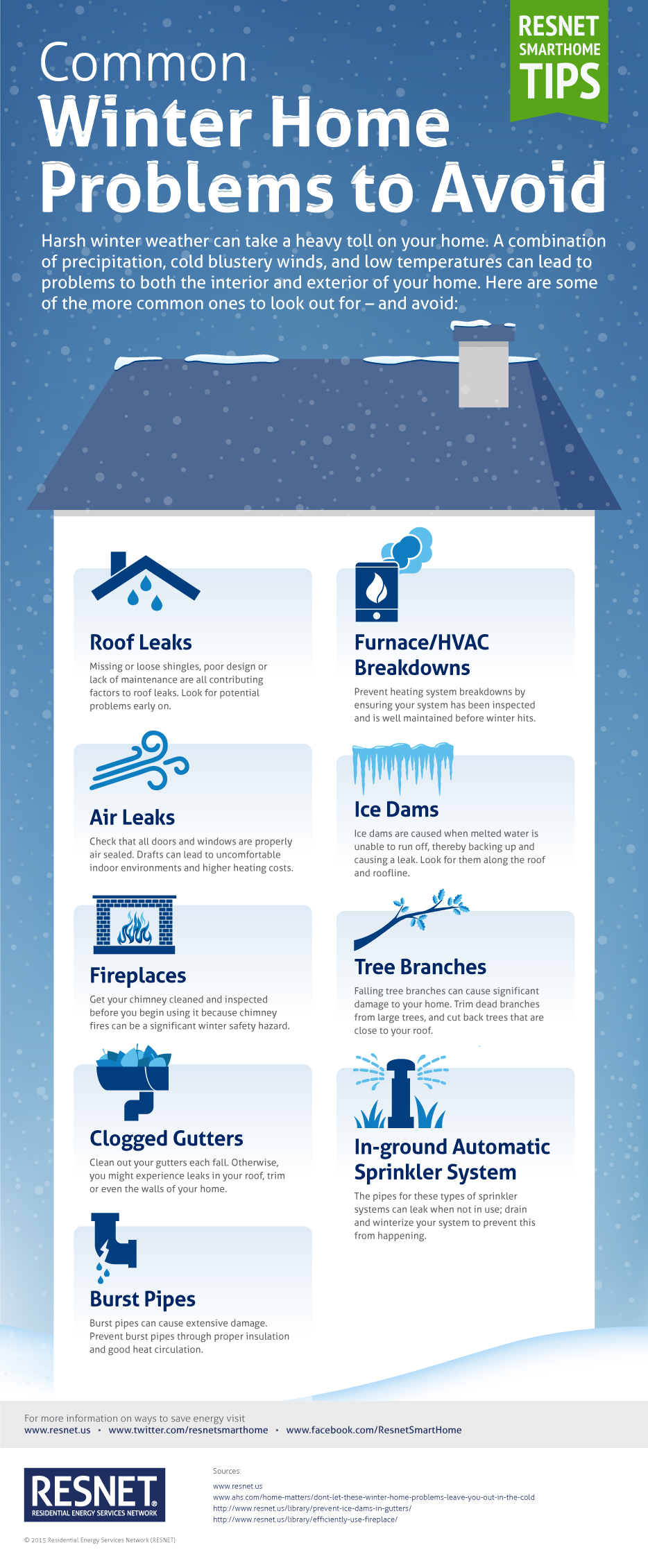Usual Mistakes In Roofing Setup And How To Stop Them
Usual Mistakes In Roofing Setup And How To Stop Them
Blog Article
Post Composed By-Bossen Rogers
When you're intending a roof setup, it's very easy to overlook vital information that can cause considerable troubles down the line. You could be tempted to cut edges on material selection or miss correct flashing setup, but these typical mistakes can result in pricey repairs later on. Comprehending the significance of ventilation and adhering to local building codes is vital for an effective project. So, what are linked site should require to ensure your roofing stands the test of time? Let's explore some reliable methods to stay clear of these risks.
Poor Material Selection
When it concerns roofing system setup, picking the incorrect products can cause costly troubles down the line. You might assume that any kind of roofing product will do, yet that's a common false impression. It's essential to choose products that fit your neighborhood climate and the particular needs of your home.
As an example, if you stay in a location with heavy rainfall or snow, going with asphalt shingles may not be the best choice. Rather, think about even more sturdy options like metal or slate.
In addition, take notice of the high quality of the materials you're taking into consideration. Low-cost products might save you cash upfront, however they frequently lack longevity and can lead to regular repair work or replacements.
You should also think of the design of your home and guarantee the products you select will maintain its visual allure.
Ultimately, do not forget to seek advice from specialists. They can give important insights and suggest materials that comply with regional building codes.
Investing time in proper material choice now can help you prevent frustrations and expenses in the future, making your roof covering job a success.
Inadequate Flashing Setup
Picking the ideal materials isn't the only factor that can cause roof covering troubles; poor blinking installation can also create significant concerns. Flashing is vital for routing water away from susceptible areas, such as smokeshafts, skylights, and roof valleys. If it's not installed properly, you risk water invasion, which can lead to mold development and architectural damage.
When you set up blinking, ensure it's the ideal type for your roofing's layout and the local climate. For instance, metal blinking is often a lot more long lasting than plastic in locations with hefty rain or snow. Make certain the flashing overlaps appropriately and is safeguarded tightly to prevent voids where water can leak via.
You should also focus on the installation angle. Flashing should be positioned to direct water far from your home, not toward it.
If you're unclear concerning the setup procedure or the materials required, consult a specialist. They can assist identify the best flashing choices and make sure whatever is mounted correctly, securing your home from potential water damages.
Taking these actions can conserve you time, cash, and frustrations in the future.
Neglecting Ventilation Needs
While lots of house owners concentrate on the visual and architectural elements of roof covering installment, neglecting air flow requirements can result in significant long-lasting repercussions. Proper ventilation is essential for controling temperature level and dampness levels in your attic, avoiding problems like mold growth, wood rot, and ice dams. If you don't mount ample air flow, you're setting your roof up for failure.
To avoid this mistake, initially, assess your home's specific air flow requirements. https://roofingtorch73840.blogitright.com/33330019/a-property-owner-s-guide-to-effective-roof-maintenance-practices balanced system typically includes both consumption and exhaust vents to promote airflow. Guarantee you have actually mounted soffit vents along the eaves and ridge vents at the optimal of your roofing. This mix enables hot air to leave while cooler air enters, keeping your attic room space comfortable.
Likewise, think about the type of roof covering material you have actually picked. Some products might require additional ventilation approaches. Double-check your neighborhood building codes for air flow standards, as they can differ significantly.
Lastly, do not neglect to evaluate your ventilation system consistently. Blockages from debris or insulation can impede air movement, so maintain those vents clear.
Final thought
Finally, avoiding usual roof installment errors is crucial to ensuring your roofing system's longevity and performance. By selecting the appropriate materials for your environment, installing flashing properly, and addressing ventilation requirements, you can avoid expensive concerns in the future. https://ventsmagazine.com/2020/03/21/tips-for-choosing-a-roof-washing-company/ to acquaint yourself with regional building ordinance and schedule routine examinations. With these steps, you'll take pleasure in a risk-free, sturdy roof covering that safeguards your home for several years ahead. Delighted roof covering!
